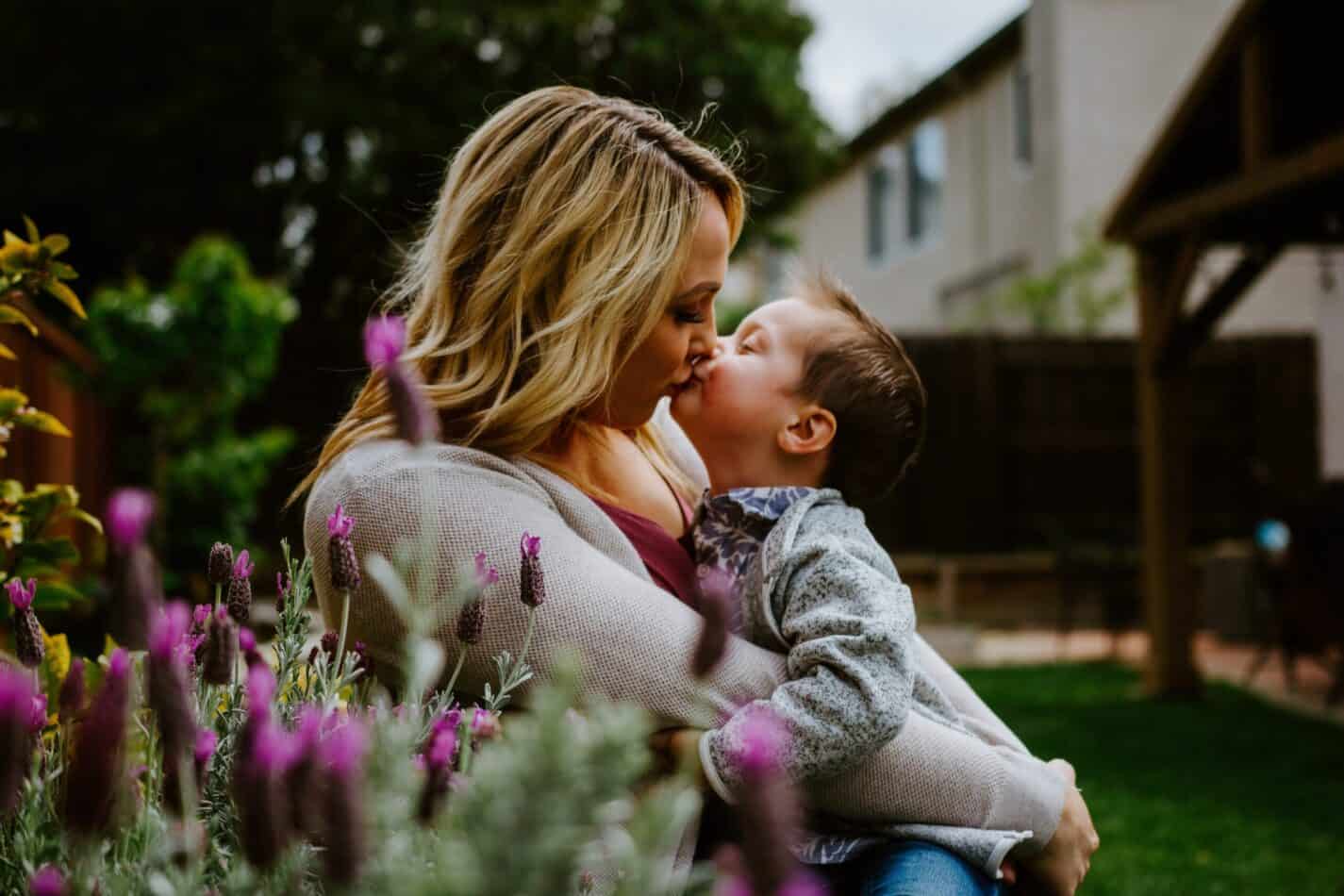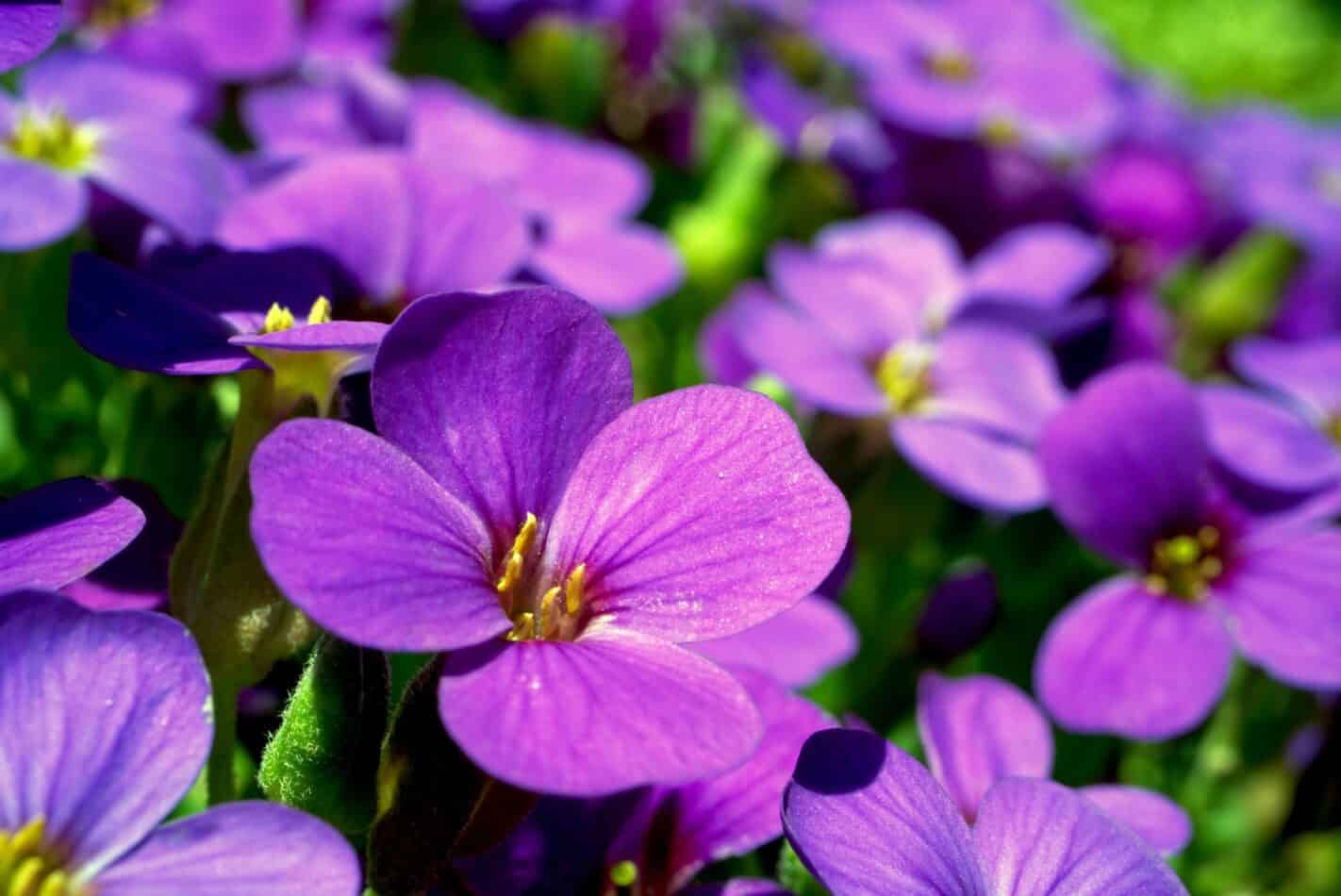Wildflowers are a vital component of our ecosystem and play a critical role in maintaining a healthy balance in nature. They are plants that grow without any human intervention and are adapted to survive in a wide range of environments. Wildflowers can be found in forests, meadows, and even along roadsides and learning how to plant a wildflowers garden, it might be just the thing that the doctor prescribed.
Wildflowers get their names from their natural habitats or their unique features, such as the color or shape of their flowers. For example, the California poppy, which is a bright orange flower, is named after the state where it is commonly found. The Indian paintbrush, which has a red and yellow flower that resembles a paintbrush, is named for its striking appearance.
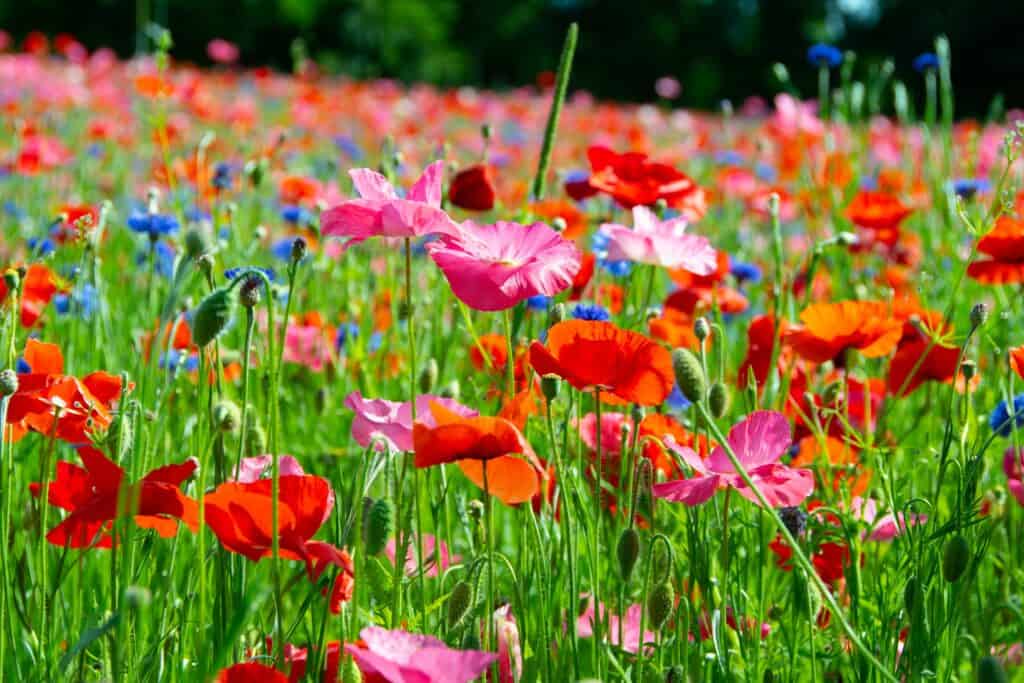 One of the joys of planting a wildflower garden is the sheer beauty of watching the blooms come to life. Wildflowers come in a wide range of colors, shapes, and sizes, and each one is unique. Whether you are admiring a bright yellow sunflower or a delicate pink coneflower, the experience of seeing wildflowers in full bloom is a truly magical one.
One of the joys of planting a wildflower garden is the sheer beauty of watching the blooms come to life. Wildflowers come in a wide range of colors, shapes, and sizes, and each one is unique. Whether you are admiring a bright yellow sunflower or a delicate pink coneflower, the experience of seeing wildflowers in full bloom is a truly magical one.
Planting a wildflower garden is not only a great way to add beauty to your outdoor space but also helps to promote a healthy ecosystem. Wildflowers provide essential habitats and food sources for a variety of wildlife, including birds, bees, butterflies, and other beneficial insects. By planting a wildflower garden, you are creating a mini-ecosystem that can help support the local wildlife population.
Wildflowers are also low-maintenance and adaptable, making them a great choice for gardeners of all skill levels. They can grow in a variety of soil types and climates, and once established, require very little water or care. With proper preparation and maintenance, a wildflower garden can provide a stunning display of color and life for many years to come.
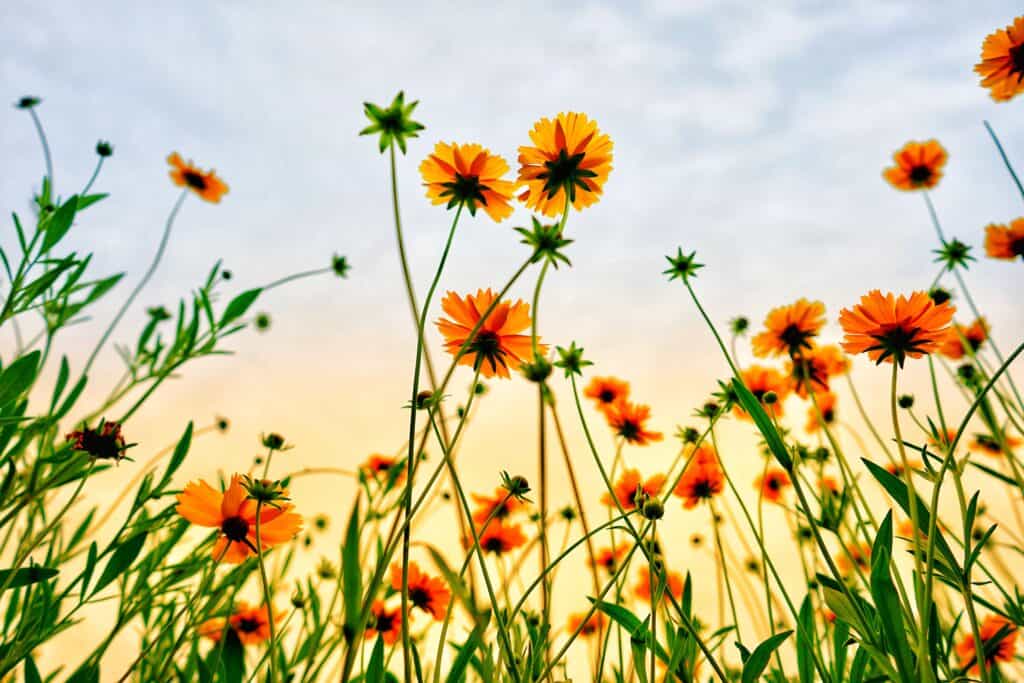 How to Plant a Wildflowers Garden
How to Plant a Wildflowers Garden
Wildflowers are a beautiful and low-maintenance addition to any outdoor space. Not only do they add a pop of color to your garden, but they also attract pollinators and other beneficial wildlife. We’ll provide you with tips on how to choose the right location for your wildflower garden, prepare the soil, select the best wildflowers for your area, plant the seeds, and maintain your garden. By following these simple steps, you’ll be able to create a stunning display of natural beauty that will bring joy to your outdoor space for years to come.
Here are some tips on how to plant a wildflower garden:
-
Choose the Right Location
Choosing the right location is crucial for the success of your wildflower garden. Wildflowers require ample sunlight to thrive, so it’s important to select an area that receives at least six hours of direct sunlight each day. If your chosen area is shaded for part of the day, make sure it still receives enough sunlight to support wildflower growth.
-
Prepare the Soil:
Preparing the soil is an important step in establishing a healthy and thriving wildflower garden. Before you begin, it’s important to clear the area of any weeds, grass, or debris that may be present. This will help to ensure that your wildflowers are not competing with other plants for nutrients and water.
Once the area is clear, it’s time to prepare the soil. Loosen the soil to a depth of at least 6 inches, breaking up any clumps and removing any large rocks or debris. This will create a loose and aerated soil that is ideal for wildflowers to grow in.
Adding organic matter such as compost or well-rotted manure is also important. Organic matter improves soil fertility, texture, and drainage. Spread a layer of organic matter over the loosened soil and work it into the soil using a garden fork or tiller.
It’s also a good idea to test the soil pH level before planting. Wildflowers grow best in a slightly acidic to neutral soil with a pH between 6.0 and 7.0. You can purchase a soil test kit from your local garden center or take a soil sample to a testing lab for analysis. If the pH level is too high or too low, you can adjust it by adding lime to raise the pH or sulfur to lower it.
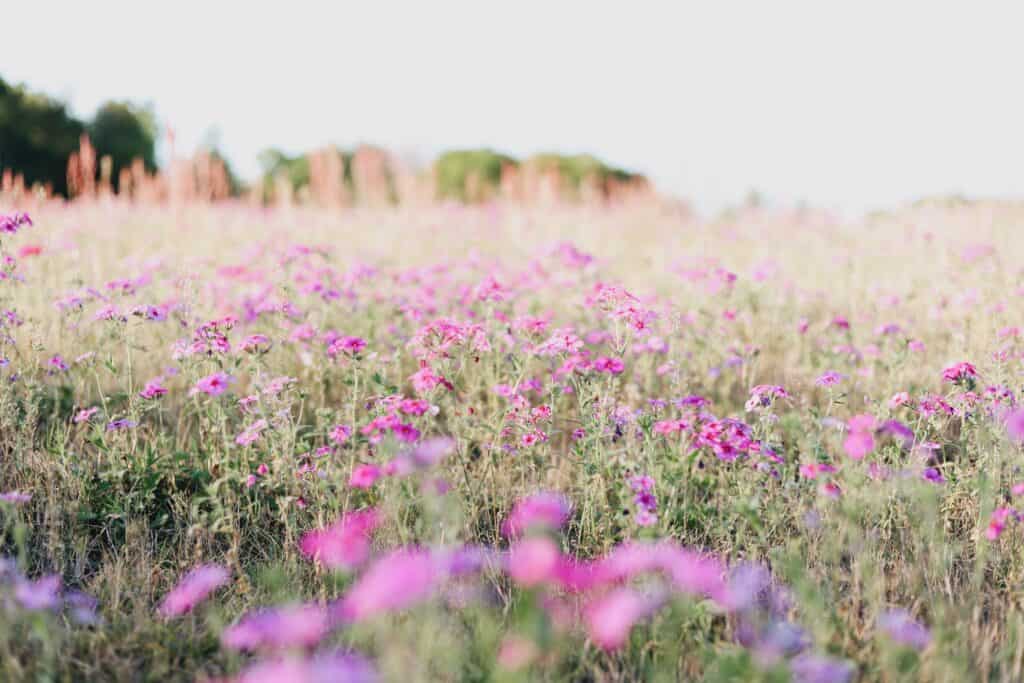
-
Select the Wildflowers
Choose wildflowers that are native to your area and that will thrive in your climate and soil conditions. Here is a list of all the local wildflowers state by state.
| State | Native Wildflowers |
|---|---|
| Alabama | Black-eyed Susan, Coneflower, Butterfly Weed |
| Alaska | Arctic Lupine, Wild Rose, Fireweed |
| Arizona | Desert Marigold, Mexican Gold Poppy, Desert Bluebells |
| Arkansas | Black-eyed Susan, Purple Coneflower, Coreopsis |
| California | California Poppy, Lupine, Indian Paintbrush |
| Colorado | Colorado Columbine, Blanketflower, Showy Milkweed |
| Connecticut | Blue Flag Iris, Swamp Milkweed, Wild Bergamot |
| Delaware | Indian Pink, Butterfly Weed, Black-eyed Susan |
| Florida | Blanketflower, Tickseed, Coreopsis |
| Georgia | Black-eyed Susan, Coneflower, Blanketflower |
| Hawaii | Hibiscus, Plumeria, Yellow Ginger |
| Idaho | Lewis’ Flax, Camas Lily, Scarlet Gilia |
| Illinois | Purple Coneflower, Wild Geranium, Wild Indigo |
| Indiana | Butterfly Weed, Purple Coneflower, Goldenrod |
| Iowa | Wild Rose, Black-eyed Susan, Purple Coneflower |
| Kansas | Sunflowers, Goldenrod, Coneflowers |
| Kentucky | Black-eyed Susan, Butterfly Weed, Coreopsis |
| Louisiana | Louisiana Iris, Black-eyed Susan, Coneflower |
| Maine | Lupine, Black-eyed Susan, Wild Blue Flag |
| Maryland | Black-eyed Susan, Butterfly Weed, Swamp Milkweed |
| Massachusetts | Mayflower, Purple Coneflower, Wild Lupine |
| Michigan | Black-eyed Susan, Purple Coneflower, Wild Lupine |
| Minnesota | Lady’s Slipper, Showy Tick Trefoil, Wild Bergamot |
| Mississippi | Black-eyed Susan, Coneflower, Butterfly Weed |
| Missouri | Black-eyed Susan, Purple Coneflower, Coreopsis |
| Montana | Indian Paintbrush, Arrowleaf Balsamroot, Prairie Smoke |
| Nebraska | Goldenrod, Sunflowers, Coneflowers |
| Nevada | Sagebrush, Indian Paintbrush, Desert Marigold |
| New Hampshire | Purple Coneflower, Wild Bergamot, Wild Lupine |
| New Jersey | Black-eyed Susan, Butterfly Weed, Swamp Milkweed |
| New Mexico | Desert Marigold, Indian Paintbrush, Penstemon |
| New York | Lady’s Slipper, Wild Columbine, Butterfly Weed |
| North Carolina | Black-eyed Susan, Coneflower, Butterfly Weed |
| North Dakota | Wild Prairie Rose, Black-eyed Susan, Purple Coneflower |
| Ohio | Butterfly Weed, Black-eyed Susan, Purple Coneflower |
| Oklahoma | Indian Blanket, Black-eyed Susan, Purple Coneflower |
| Oregon | Oregon Grape, Bitterroot, Indian Paintbrush |
| Pennsylvania | Butterfly Weed, Black-eyed Susan, Coneflower |
| Rhode Island | Wild Lupine, Black-eyed Susan, Butterfly Weed |
| South Carolina | Butterfly Weed, Black-eyed Susan, Coneflower |
| South Dakota | Pasque Flower, Black-eyed Susan, Prairie Smoke |
| Tennessee | Black-eyed Susan, Butterfly Weed, Coreopsis |
| Texas | Bluebonnets, Indian Blanket, Coneflowers |
| Utah | Indian Paintbrush, Lupine, Penstemon |
| Vermont | Lady’s Slipper |
-
Plant the Seeds
Once you have selected the right wildflowers for your State, scatter the seeds evenly over the prepared soil. Lightly rake the seeds into the soil, and water them gently.
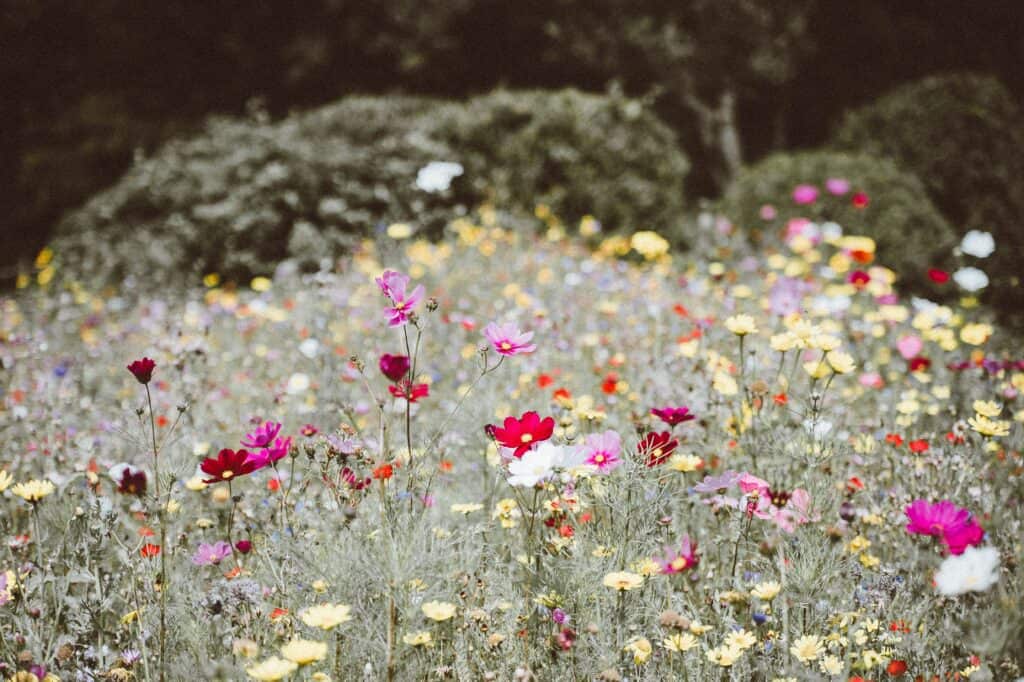
You can purchase wildflower seeds or seed mixes from a garden center or online. Seed mixes are a great option for wildflower gardens because they contain a variety of different plant species that will bloom at different times throughout the growing season. This will help to ensure that your garden is always full of color and attracts a diverse array of pollinators.
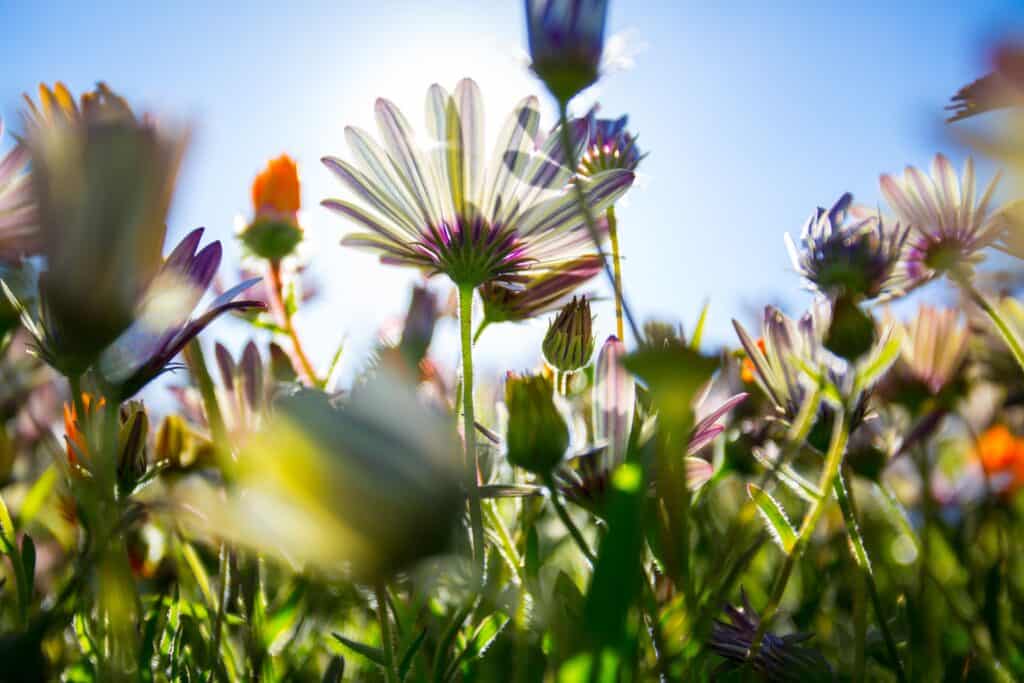
-
Maintain the Garden
Maintaining a wildflower garden is a crucial aspect of ensuring that it thrives and remains healthy. One important aspect of maintenance is ensuring that the soil remains moist until the seeds have germinated and established. This is especially important during the first few weeks after planting, as the seeds require consistent moisture to germinate and take root.
Once the wildflowers are growing, it is important to water them as needed. This can be done by checking the soil moisture levels regularly and watering when the soil feels dry to the touch. However, it is important not to overwater, as this can lead to issues such as root rot.
Another important aspect of maintenance is removing any weeds that appear in the wildflower garden. Weeds can compete with the wildflowers for nutrients and resources, and can also crowd them out and hinder their growth. Weeding can be done manually or with the use of a hoe or cultivator.
Adding a layer of organic mulch to the wildflower garden can also be beneficial in retaining moisture and preventing weeds. This can be done using materials such as shredded leaves, straw, or bark chips. The mulch should be applied in a layer of around 2-3 inches, being careful not to smother the wildflowers.
- Enjoy Your Wildflowers Garden
As the wildflowers bloom, you will attract a variety of pollinators such as butterflies, bees, and hummingbirds. Sit back and enjoy the natural beauty and wildlife that your wildflower garden has brought to your outdoor space.
What we love from Amazon this week
Buy these wonderful flowers directly from Amazon:











